In this, the second of a three-part series, Keith Thompson our roving FRC Ambassador, look at the variations between States regarding the use of the various types of rest areas.
Rest Areas – General, State by State:
Each State has its own regulations, or lack thereof, here we attempt to provide an overview of these variations.
Queensland
In Queensland, in most cases the rules are quite well defined:
Signs are usually @ the entrance to each roadside stop
“You can stop at a rest area for up to 20 hours but they are not long-term camping sites. Check with the authority responsible for the relevant rest area for more information.”
Note the reference to “authority responsible”. This may mean that a particular rest area is under control of the local Council who may vary this ruling; either in favour of the RV traveller by making it, eg 48 hours, or against us by reducing it to 12 hours or nothing! (72 hours is the maximum that the legislation allows).
What the sign does not say very often is that the limit (Commonly 12-72 hours) is actually a total in 4 weeks:
“….the periods for which the person has camped on the road or area over a continuous 4 week period must be added together.”
[Transport Infrastructure (State-controlled Roads) Regulation 2017]
Queensland Transport and Main Roads list all rest areas along the State’s Highways and all main interconnecting roads regardless of who the “authority responsible” is, other States do not do this to this extent.
Downloadable pdf guides and maps for QLD can be found here:
A Popular Free Camp/Rest Area in Queensland
Western Australia
WA has a similar statement to QLD…But:
“24-hour rest areas are not intended for camping and stopping is NOT to exceed more than 24 consecutive hours.”
This is the “But”…The major difference is that this applies ONLY to sites using the 24 Hour signage of which there are relatively few; most rest areas in WA are defined as “Rest Area” or “Parking/Stopping Bay” or “Information Bay” where no overnight stopping is allowed.
Typical Rest Area sign in WA
There are exceptions to this in more remote areas, for example on the Eyre Highway between Eucla and Norseman there are quite a number of “Rest Areas” suitable for RVs as opposed to the “Parking Bays” which are primarily for trucks (but not exclusively). The Parking Bays are just large flat gravel areas with easy access for large vehicles, the Rest Areas are tracks and smaller areas in the bushland; a look at any of these in Google Maps Satellite view easily shows this difference.
At Free Range Camping we have recently updated our listings for this area and are working through the rest of WA at present.
Other overnight stops in WA are often provided by Councils or local Communities, Service Clubs, etc., usually in or near regional towns. These are not under the control of the Main Roads Dept. and therefore not included in their lists, information on these has to be sourced from elsewhere.
Downloadable pdf guides and maps for WA can be found here:
South Australia:
In SA overnight stays are generally permitted at all rural Rest Areas; there is not much information from Transport SA but one notable line is:
“They (Rest Areas) can be large or small, with or without picnic facilities. A few have a toilet. There is no time limit given.”
Example of a typical sign in SA
Please note this does not apply to the ‘shallow’ Stopping Bays, or of course to Truck ONLY areas.
Data and maps for SA Rest Areas are found here:
Victoria:
VicRoads currently provide only an online map of rest areas. It does not clearly answer many questions but in general the same rules apply as in Queensland, i.e. overnight only where suitable.
Data and maps for SA Rest Areas are found here:
Sample Maps from VicRoads
Some Victorian rest stops have actual designated caravan areas, notably on the major highways. The RACV has in the past provided lists on a “per highway” basis. However, it appears these are no longer currently available via their website.
Northern Territory:
In the NT, they appear to use the term “Camping” and apply it to any form of overnight stopping.
The NT has 3 major highways, Stuart, Victoria, and Barkly. For these, they provide a list of which Rest Areas allow “Overnight Camping”. The other highways in the NT -Arnhem, Lasseter, Carpentaria, Kakadu, and Tablelands – are less clearly defined. But in general, overnight stays are allowed as they are generally more remote. Also, fatigue management comes into play; again you need to note any local signage.
A list of NT Rest Stops can be found here: Or by using the map on the FRC Directory
New South Wales:
NSW Roads and Maritime Services (RMS), appear to have no legislation applying to the use of Rest Areas as overnight stops and issue only basic comments such as:
“Camping in a roadside rest area may be permitted unless a ‘no camping’ or ‘no overnight stays’ sign has been placed there by a council or the .. RMS(sic) or other relevant authority.”
Recently (2017) in response to “No Camping” signs being erected at major Rest Areas, NSW RMS issued the following statement:
rest areas which were known to be regularly used for stays of more than 24 hours have had No Camping signs installed to ‘remind visitors they are in a designated rest area and not a camping area’
For these reasons, FRC has inserted a legal disclaimer in our listing of any Rest Area as a Free Camp in NSW. Again the interpretation of “No Camping” comes into play here. Generally, the criteria is size/suitability coupled with historic regular usage.
The NSW RMS online map tool can be found here:
Tasmania:
Before we are accused of forgetting the Apple Isle the reason they are mentioned last is that they have no Main Roads listed Rest Areas. The few that have been operated by Councils and other authorities (Forestry/Parks, Hydro, etc.) who set the rules for each location. Most rural locations do allow overnight stays and the listings in the FRC Directory reflect this.
All States:
Please do not forget that Truck Only areas are just that (See Part 1 in this series) and in shared areas we should always leave room for the biggest of rigs; similar to what you see in the image below:
Ensure you leave room for large Trucks & Road Trains
Clarification with Free Range Camping Listings – Rest Areas and Free Camps:
At Free Range Camping we are continually reviewing and updating our Rest Area/Free Camps listings. This is in line with all the state authorities’ rules and regulations. We have recently undertaken a review of the Eastern States, and currently in the process of reviewing the remaining states.
To alleviate confusion between Rest Areas & Free Camps, we have listed these in separate categories. Please note that the locations we list as “Rest Area” do not allow overnight stays. They are for day use only (at the time of publication with information available). We believe that this will allow us to provide the largest number of Free Camps and Rest Areas of any published list. But we always welcome submissions from members via the website or our App (for Premium members). Advising any changes in our listed information which we will then attempt to verify.
In Part Three of this series, we will examine the other Free Camping options and opportunities. Also, look at the regulations which would indicate why you should not stay in Gravel Dumps. Until then, safe driving (and resting).
Disclaimer: Any information contained in this article that may imply a legal requirement is sourced from freely available published documentation from various relevant authorities.


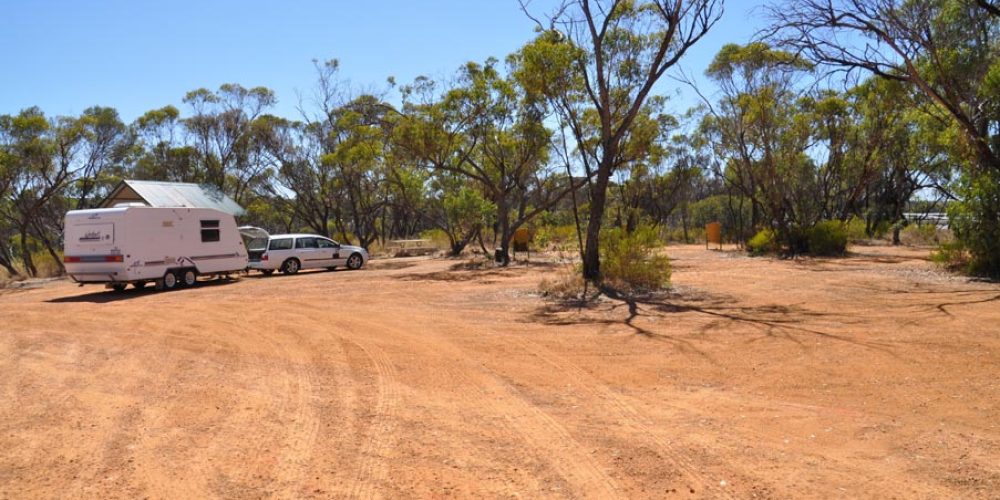



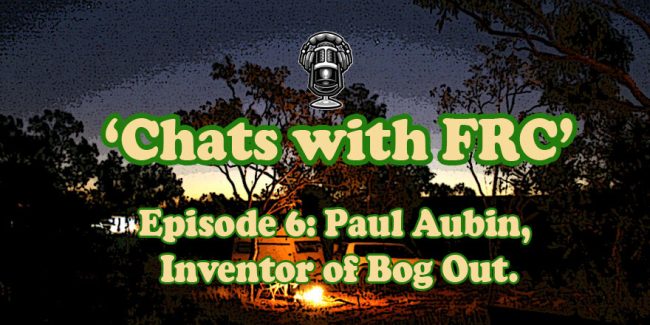
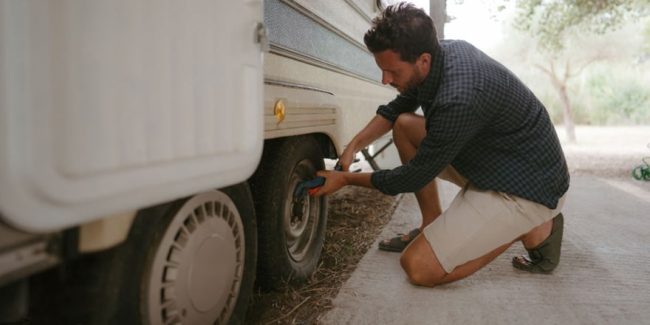
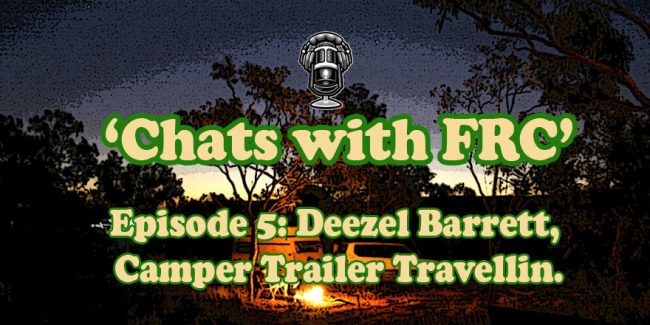
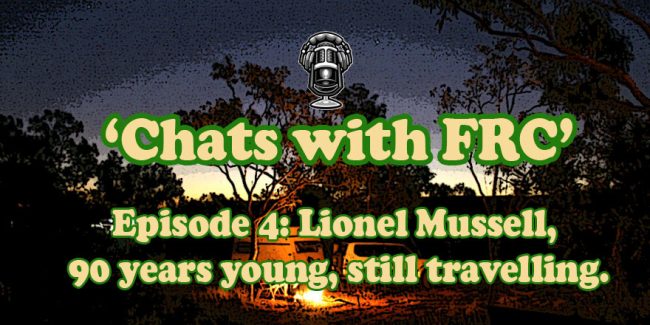
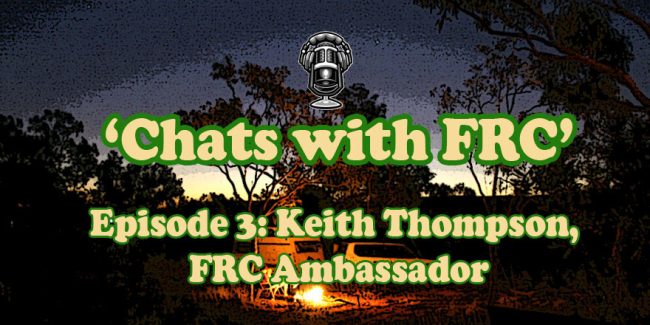
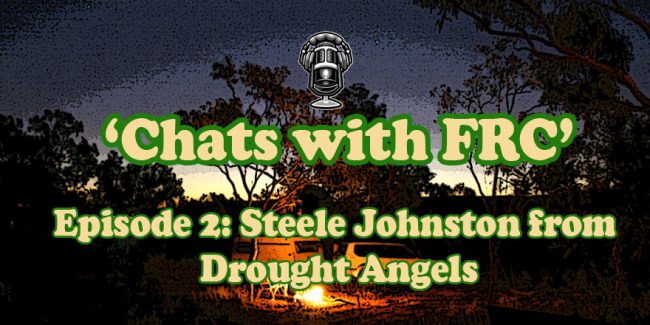



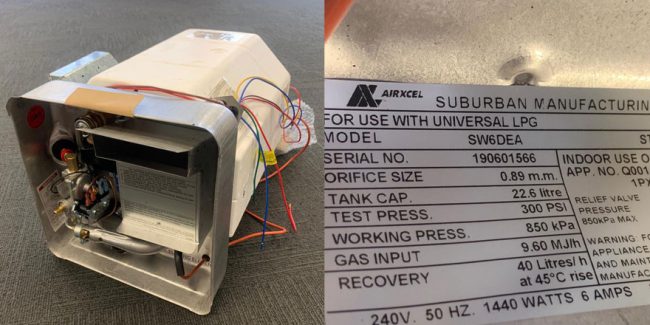
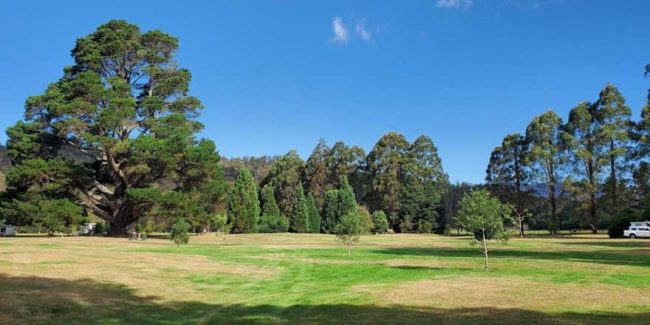
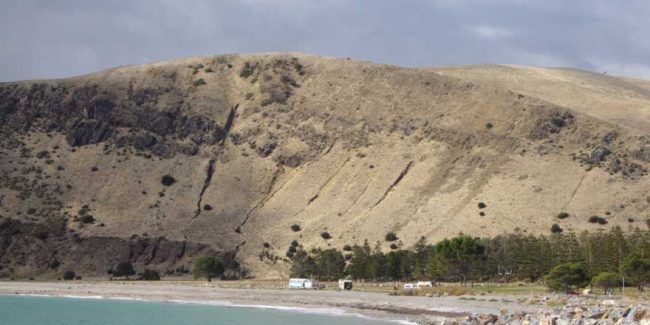
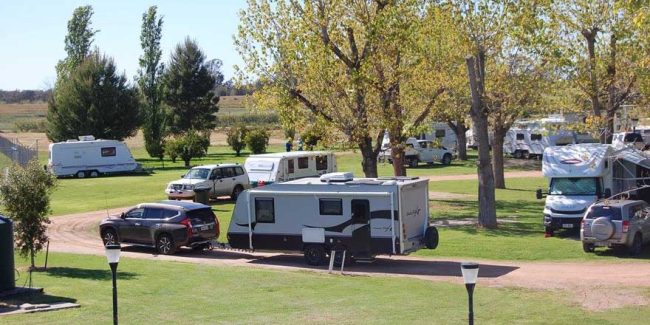


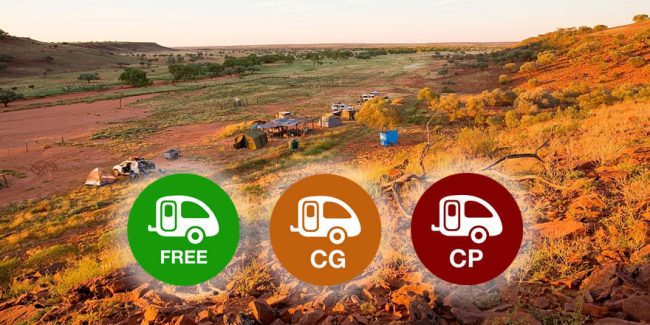
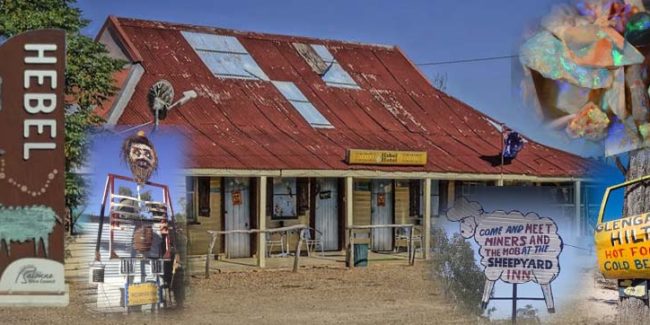
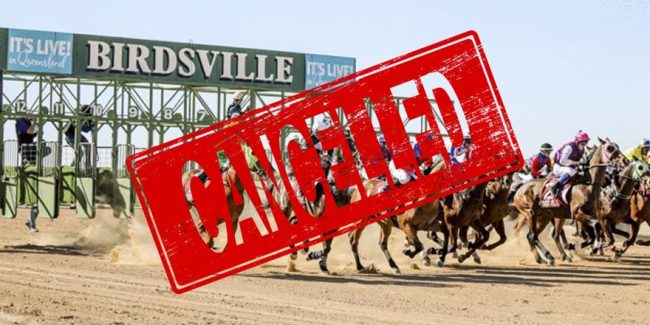
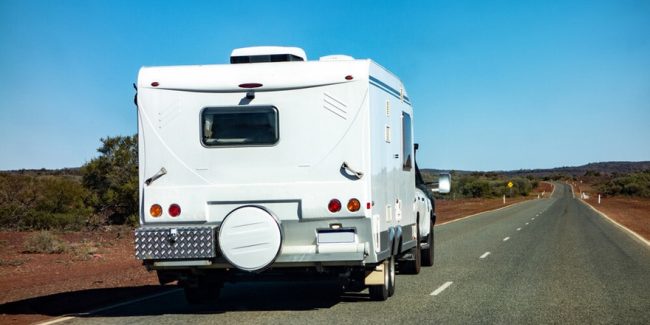
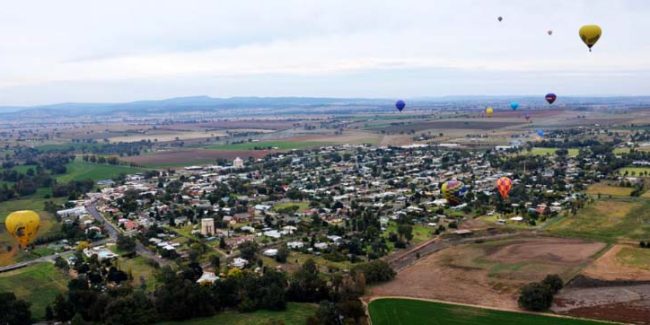
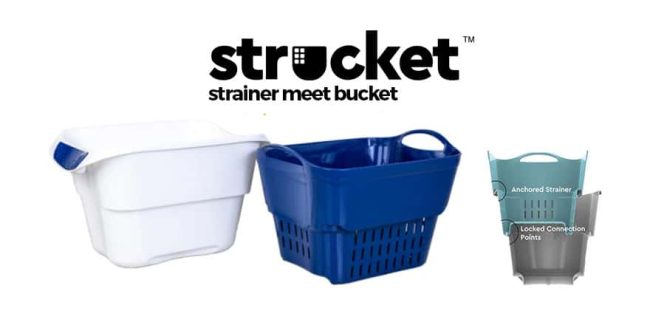
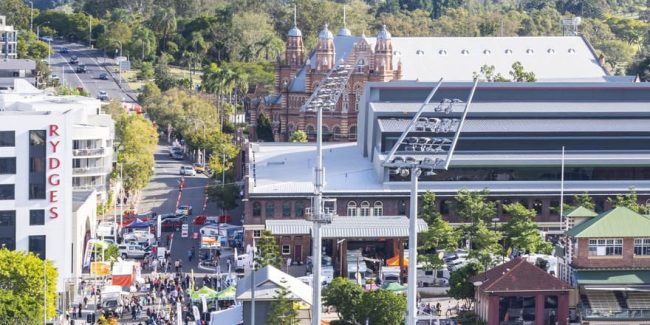
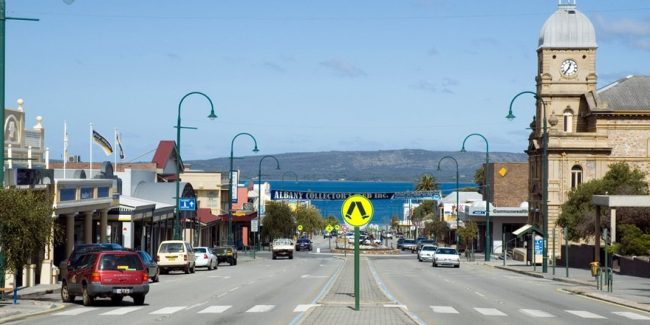
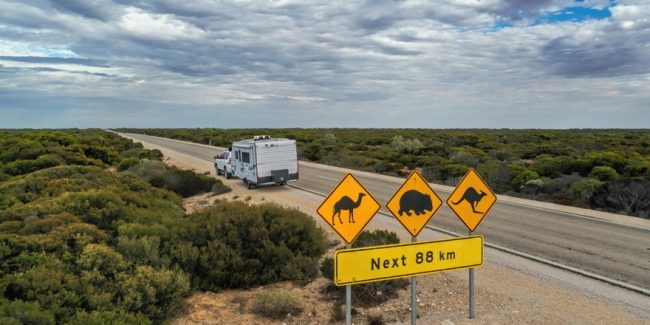
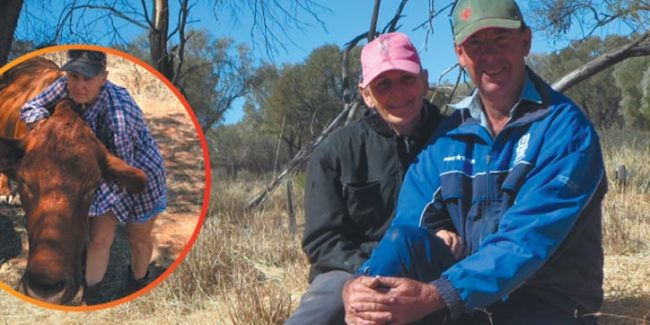
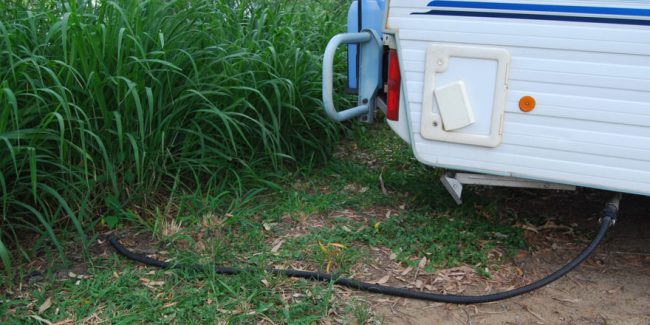
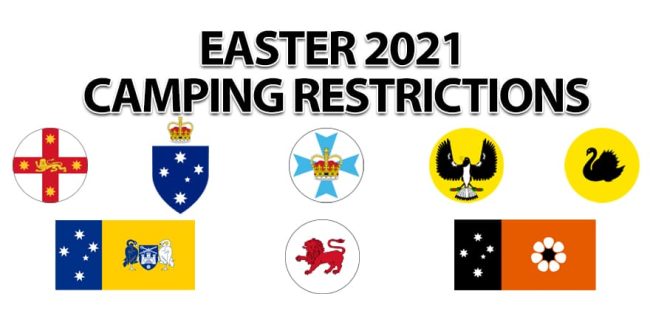
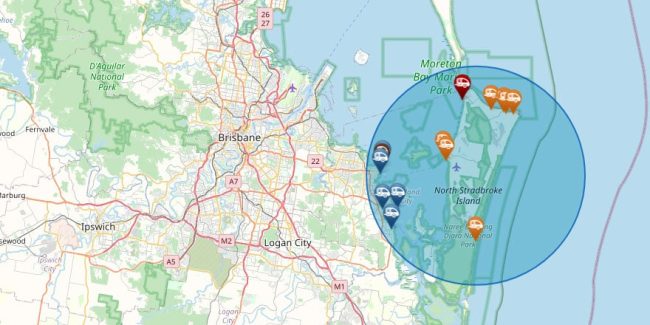
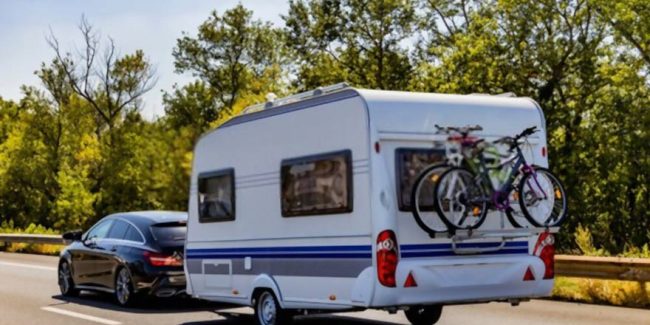
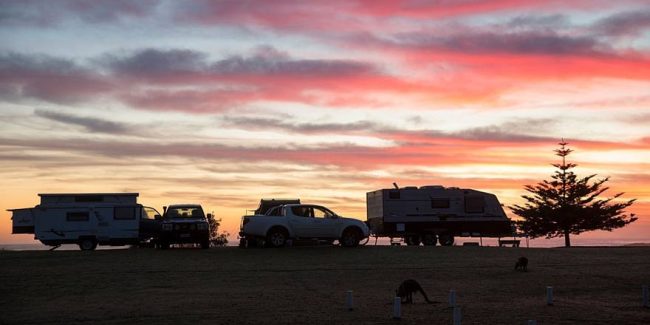
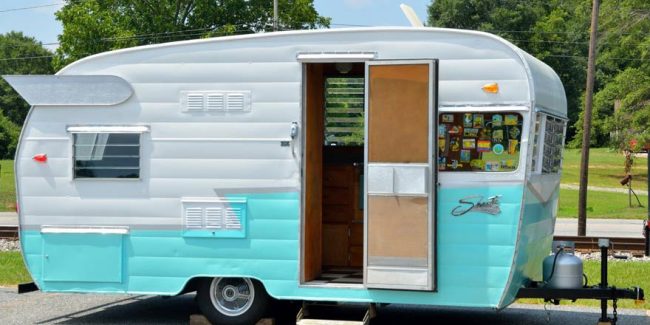
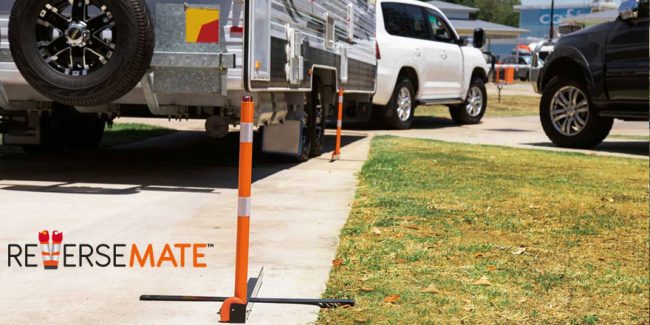
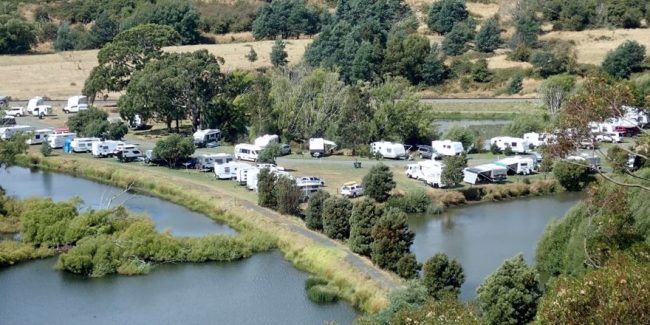

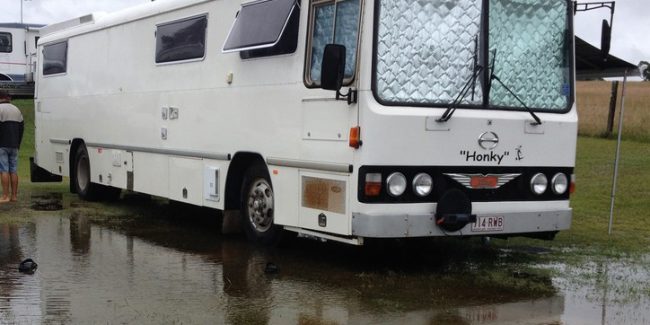
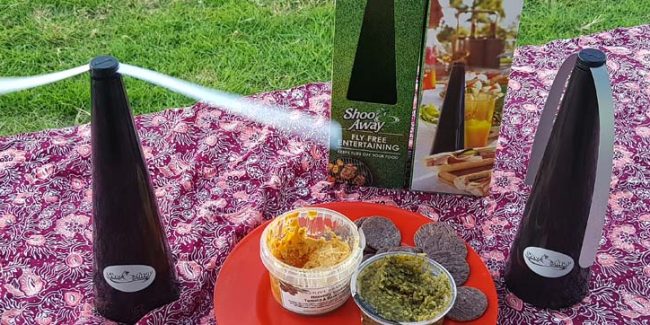

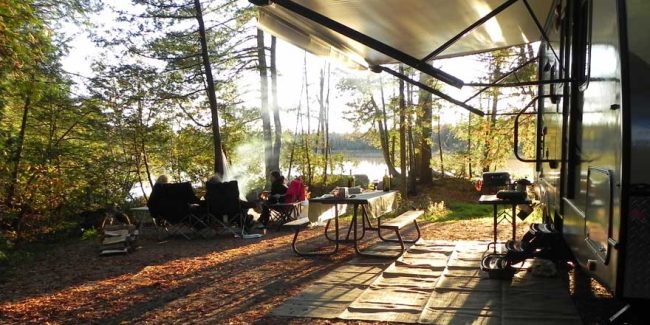

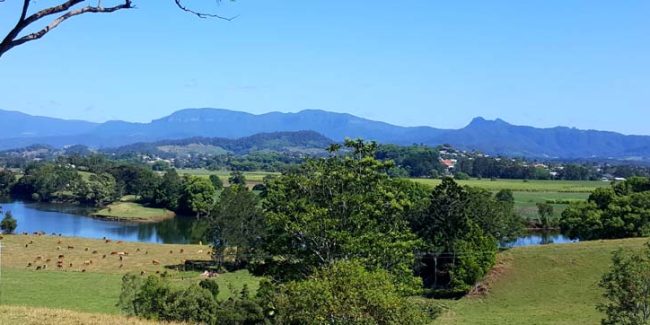
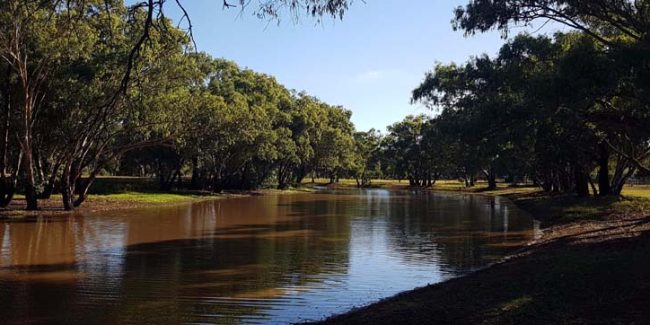
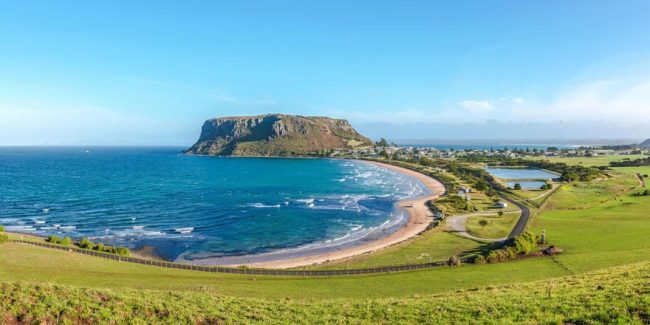
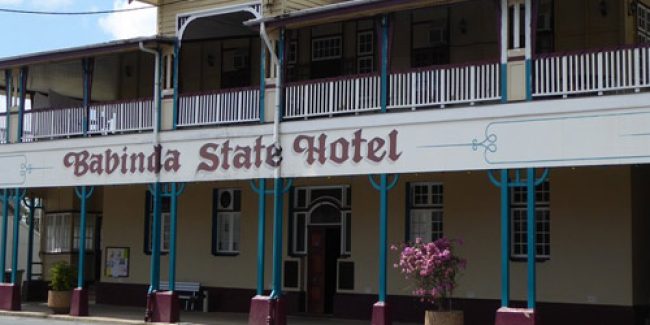
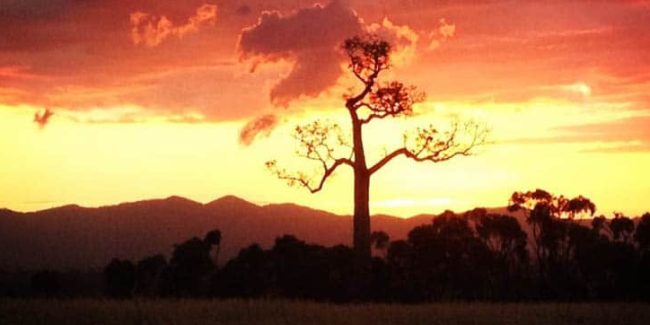
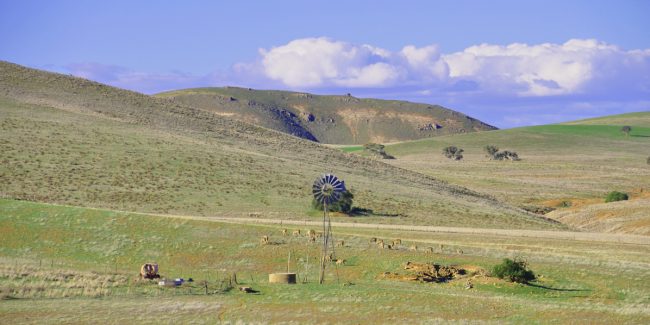
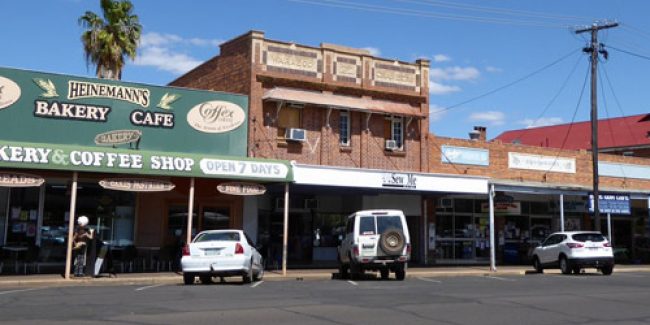
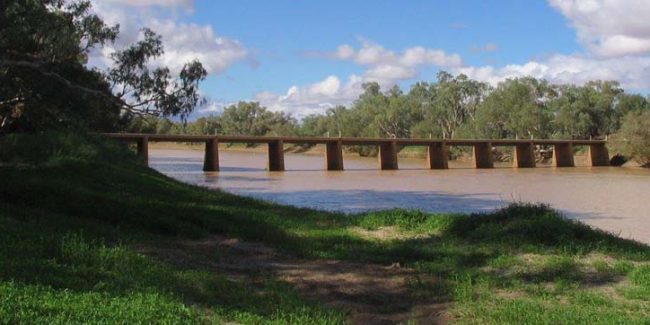
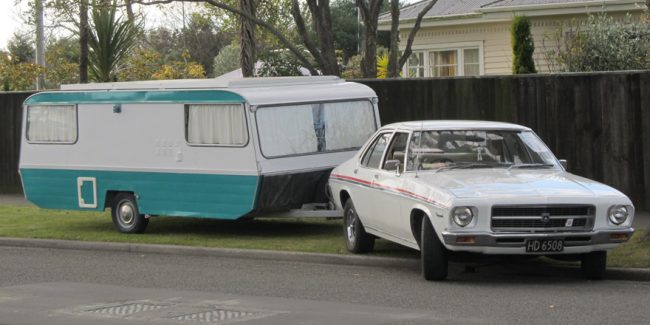
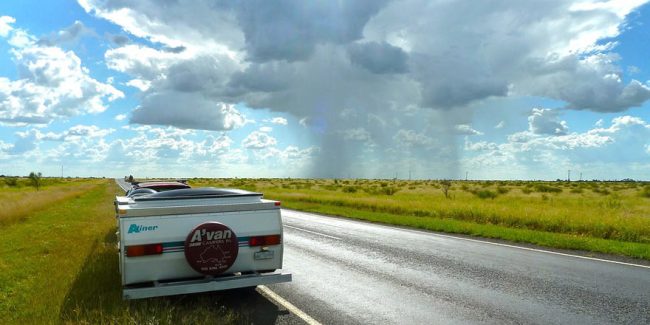
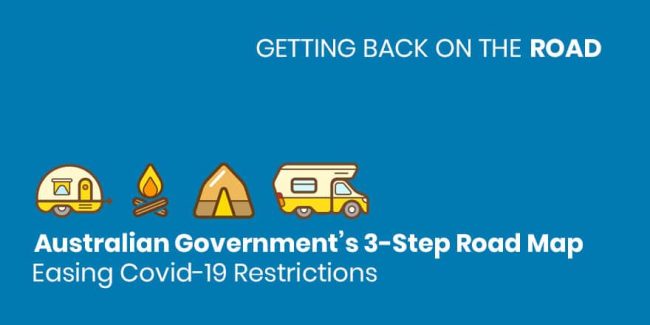

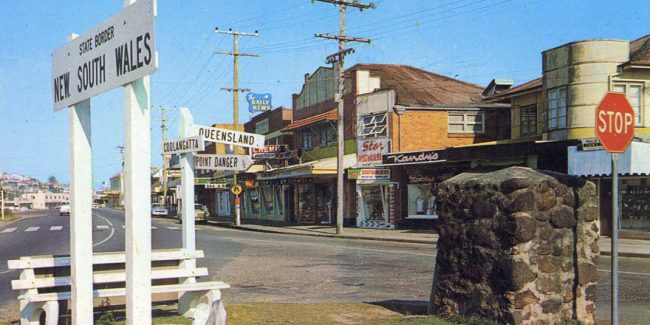

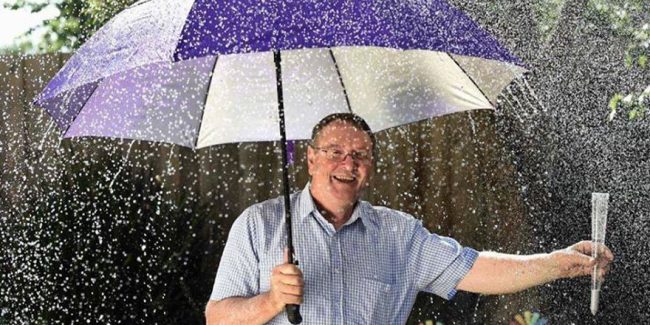
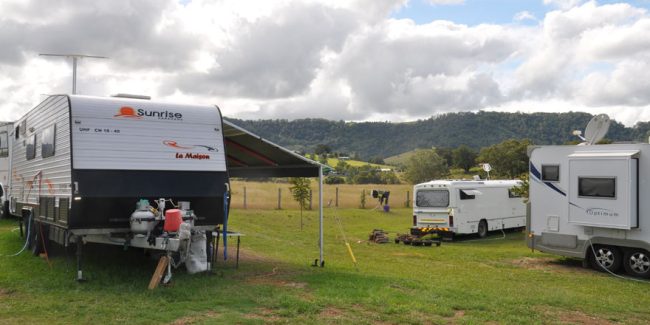
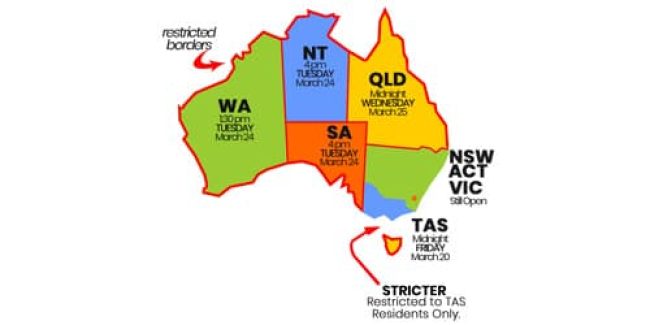
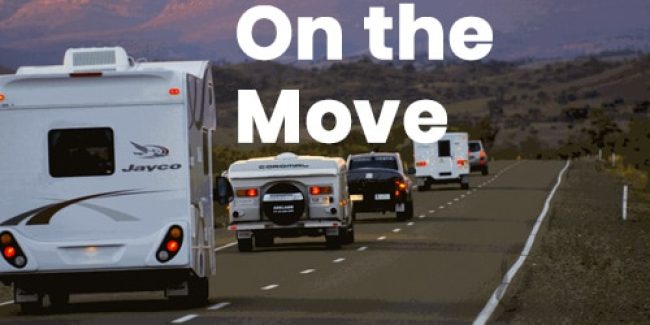
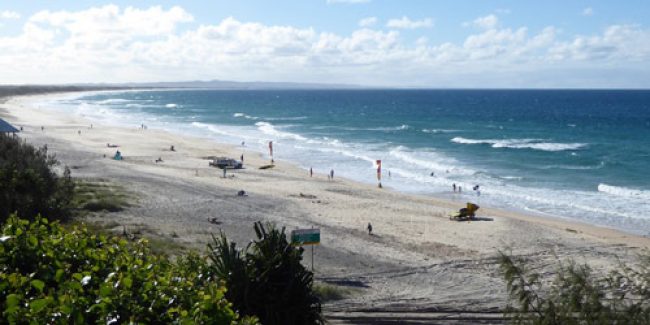
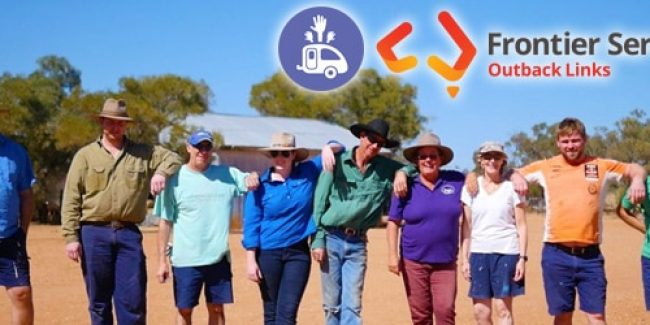
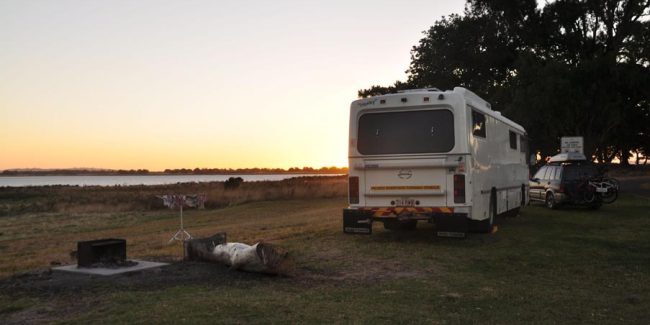
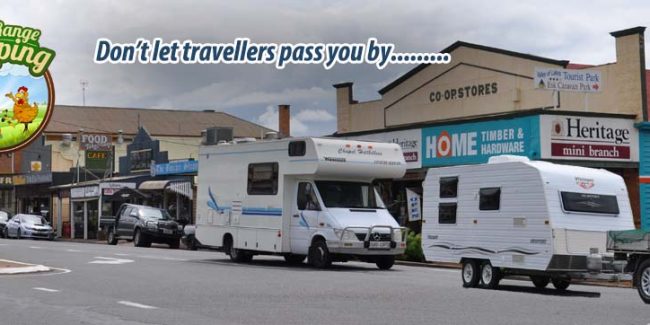
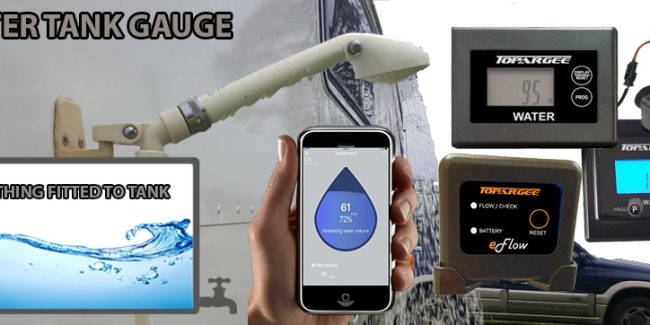

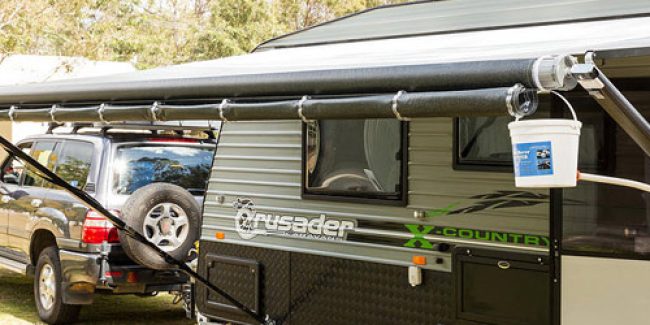
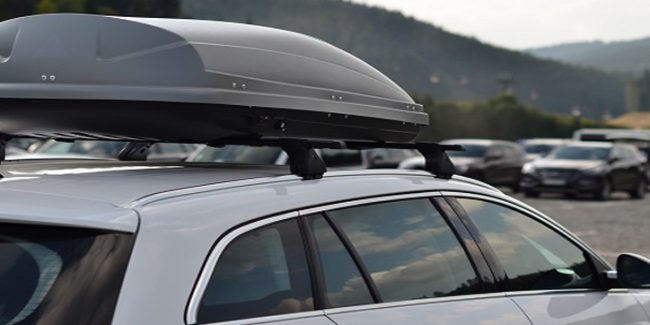
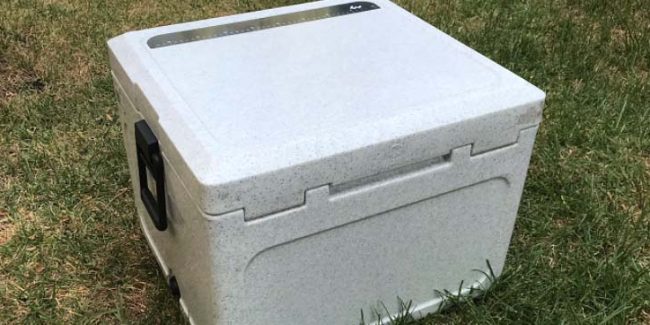
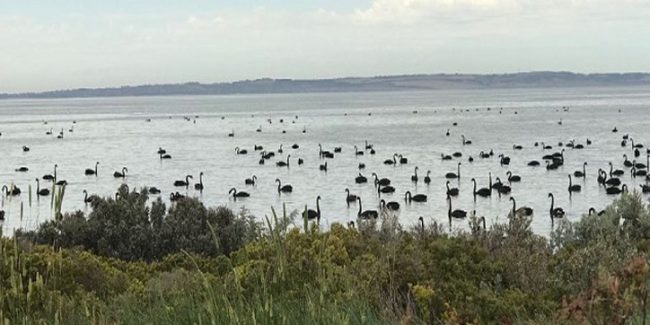
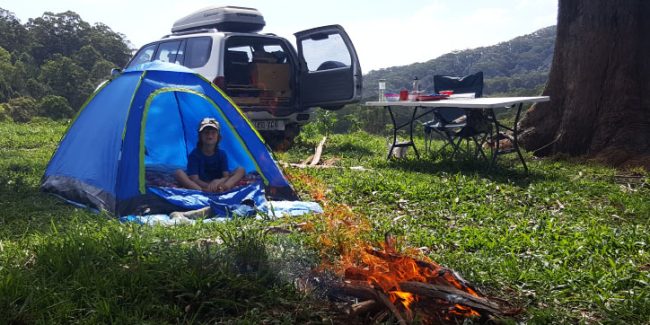

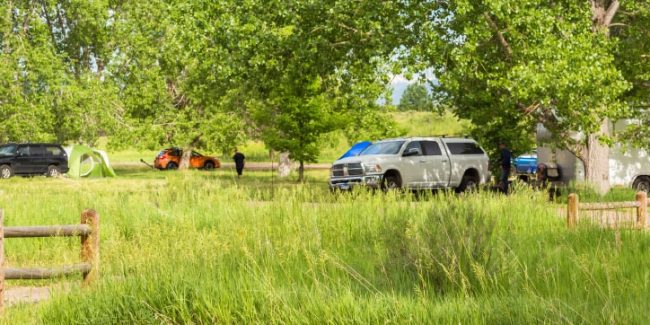
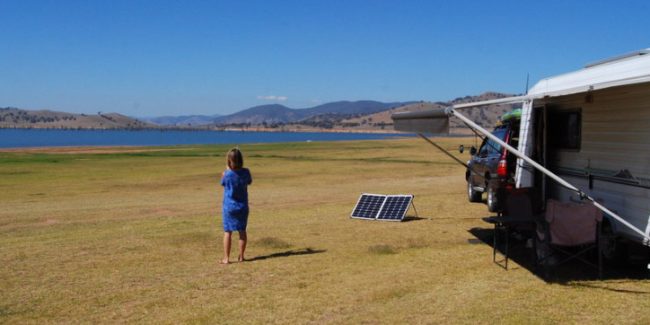
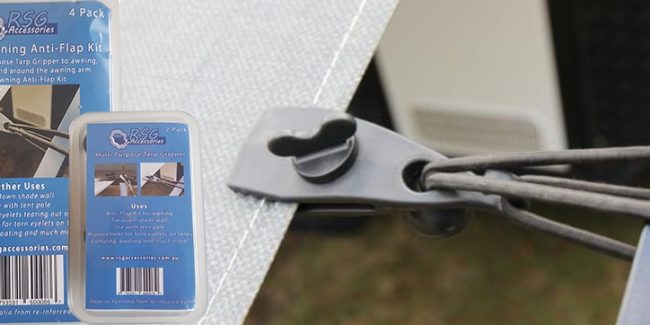
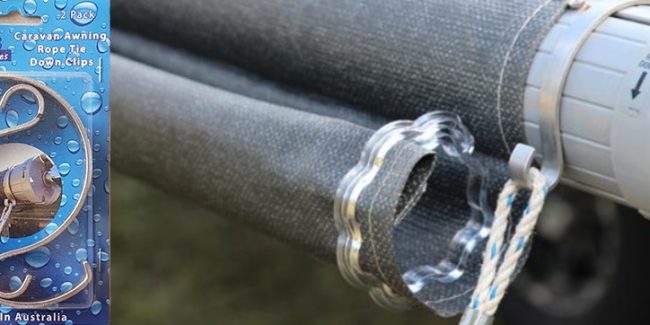
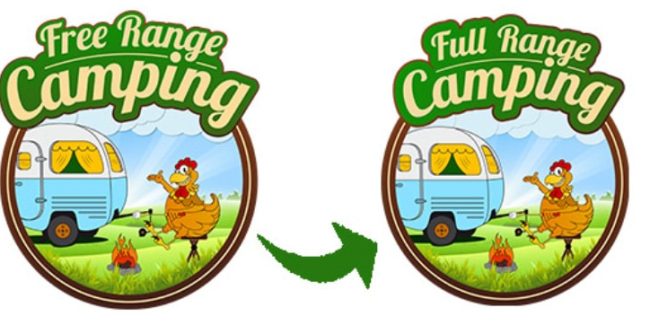
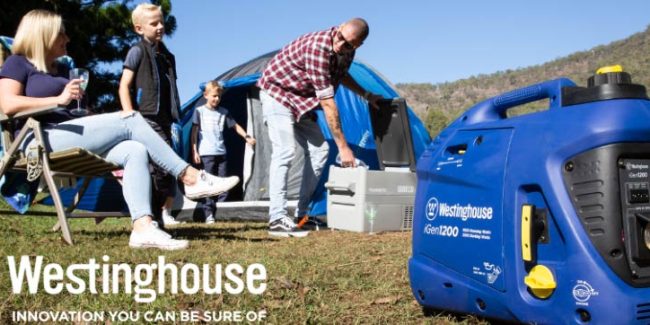
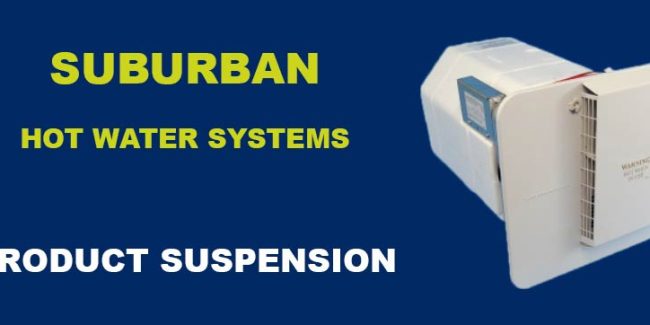
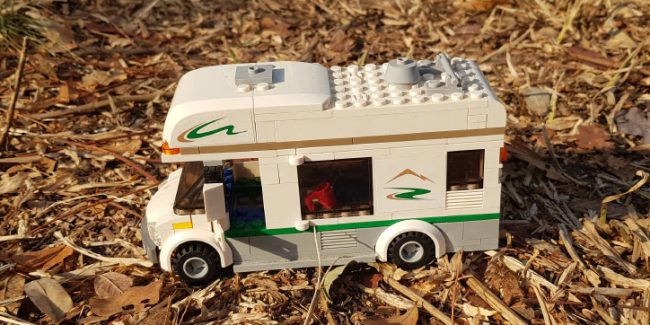
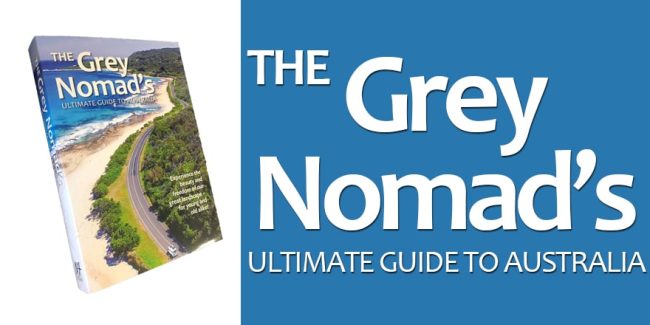

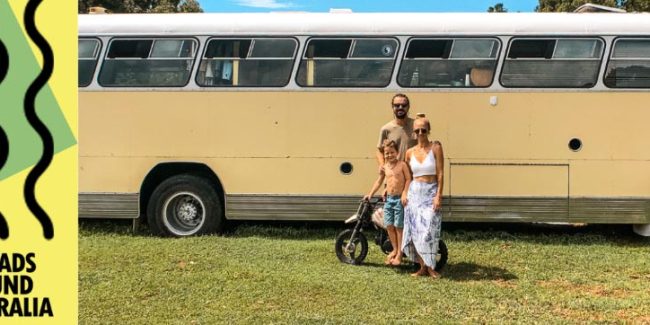
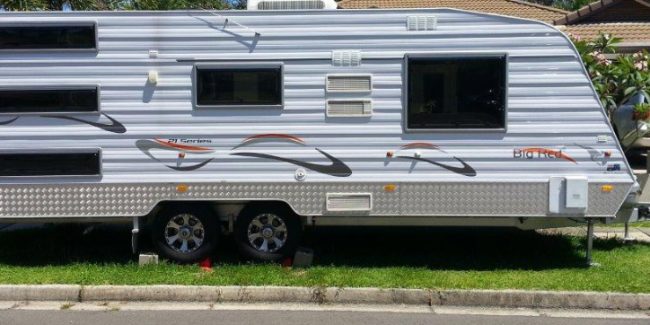


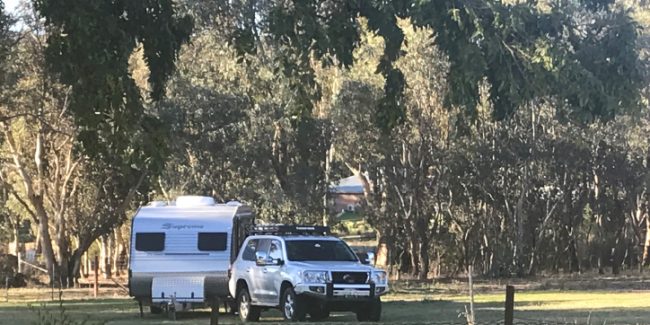
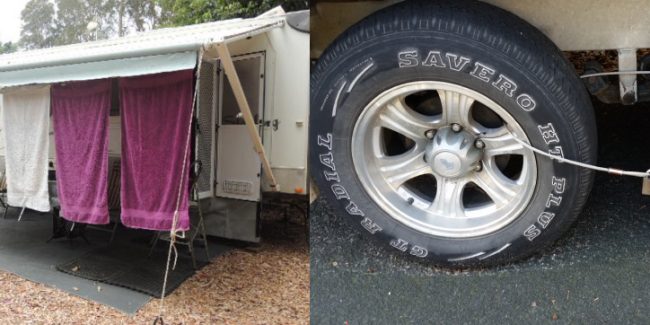
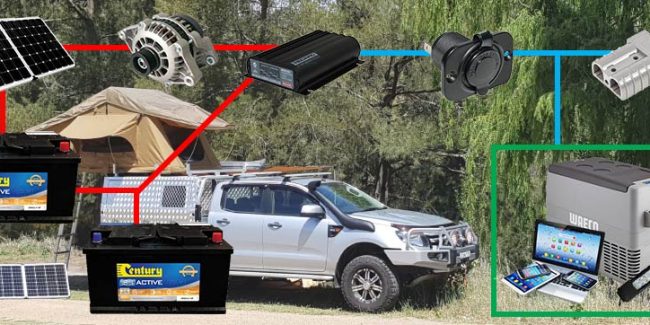
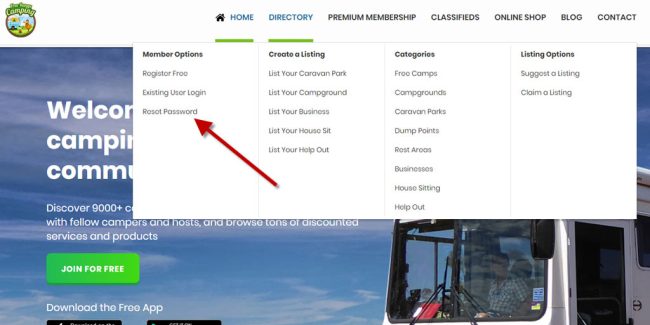
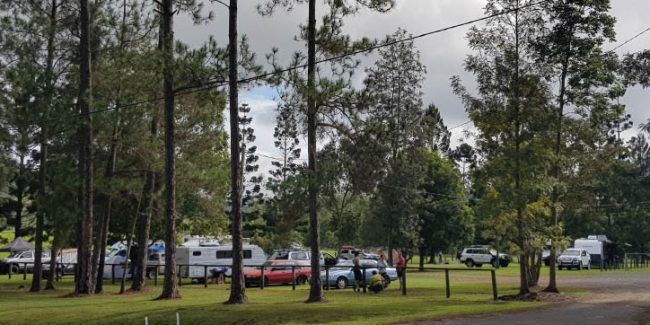
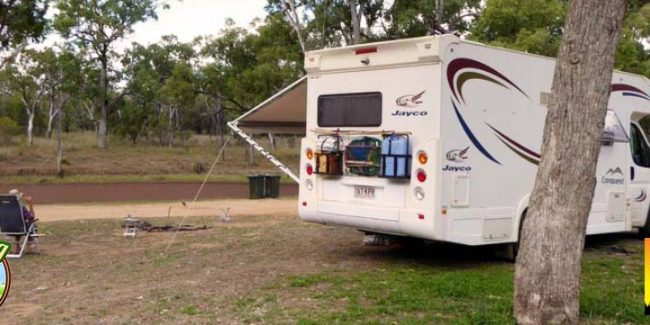
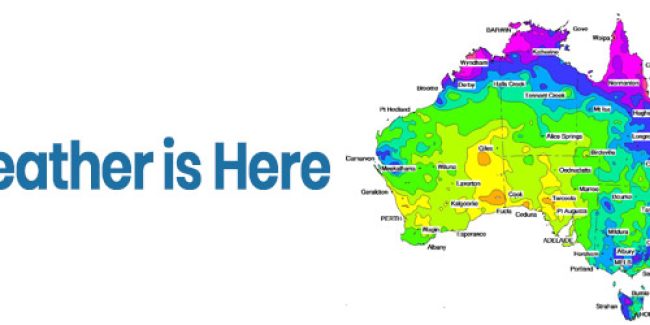


Comments 0